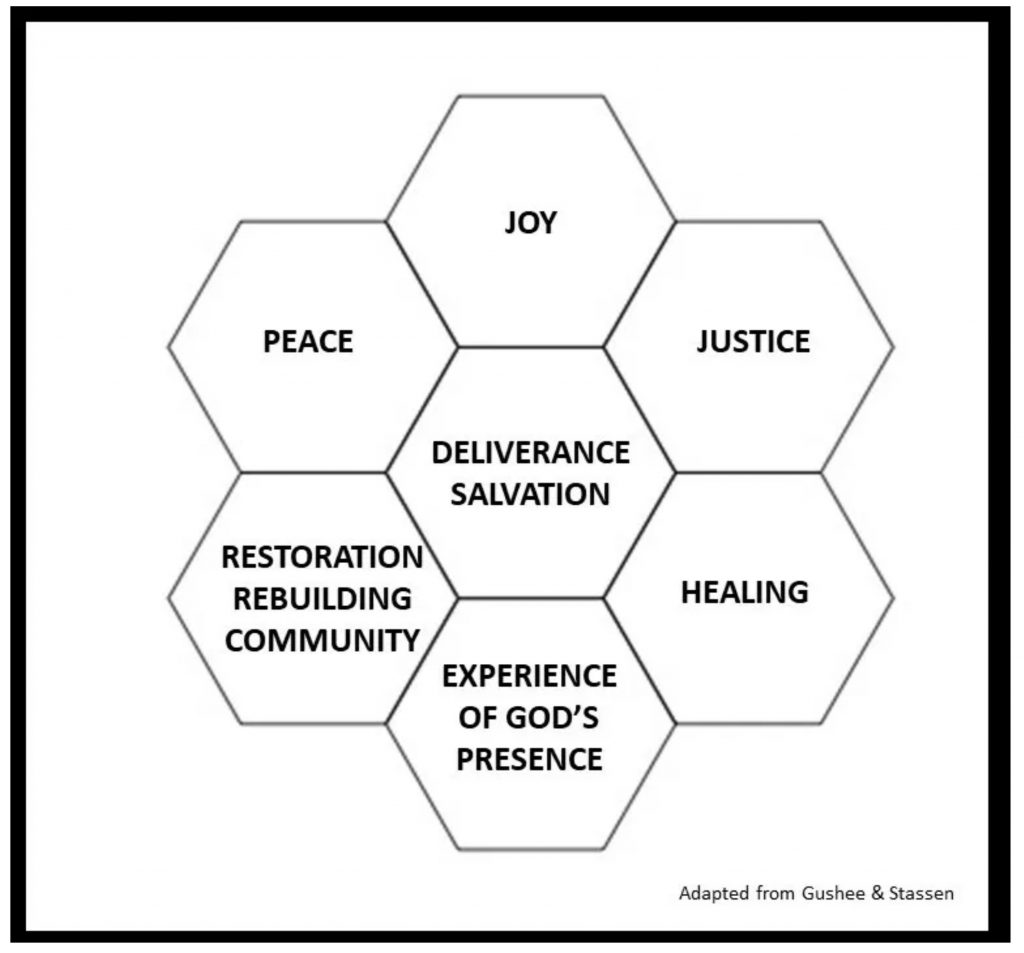
If we only change because our circumstances change, then who is our God?
Matt Redmond
Rebecca Manley Pippert writes,
“Our problem in evangelism is not that we don’t have enough information—it is that we don’t know how to be ourselves. We forget we are called to be witnesses to what we have seen and know, not to what we don’t know. The key on our part is authenticity and obedience, not a doctorate in theology.”
I need to know another person’s story so well that I can identify all the ways I see God at work in their lives, even without them noticing.
Michael Frost
Good News
The message of “Good News” is this: You are loved. You are unique. You are free. You are on the way. You are going somewhere. Your life has meaning. That is all grounded in the experience and the knowledge and the reality of the unconditional love of God. This is what we mean by being “saved.”
Richard Rohr
Truthiness
in October 2005, Stephen Colbert defined “truthiness.” What matters, he argued in a hilarious imitation of a hard-charging right-wing television pundit, isn’t whether some statement about the world is true; it’s whether it feels true.
Cognitive Dissonance
We don’t like to live in the tension between thought and action, or between contradictory thoughts. There’s even evidence that cognitive dissonance can sometimes be so profound that it creates physical discomfort. So we deal with the tension. We can change the thought to match the behavior. We can change the behavior to match the thought. We can add thoughts or rationalizations to resolve the tension. Or, we can simply trivialize the tension and decide that it’s so insignificant that it doesn’t really matter.
Knowledge
…there is a difference between knowledge “on ice” and knowledge “on fire.” For many Christians, their belief is often just knowledge “on ice,” not experiential, firsthand knowledge, which is knowledge “on fire.” Even though we call them both faith, there is a difference between intellectual belief and real trust. There is a difference between talking about transformation and God’s love and stepping out in confidence to live a loving life. Only the second is biblical faith: when our walk matches our talk.
Richard Rohr
Guilt & Shame
The language of guilt isolates responsibility for a single event; the language of shame assumes that you are now that event waiting to be visited upon all. Guilt suggests punishment or restitution; shame declares that no matter what you might do, you will always be that person.
Fr Stephen Freeman

View from the front porch
The most universal expression of all is a smile, which is rather a nice thought. No society has ever been found that doesn’t respond to smiles in the same way. True smiles are brief—between two-thirds of a second and four seconds. That’s why a held smile begins to look menacing. A true smile is the one expression that we cannot fake.
The Body – Bill Bryson
Still on the Journey

